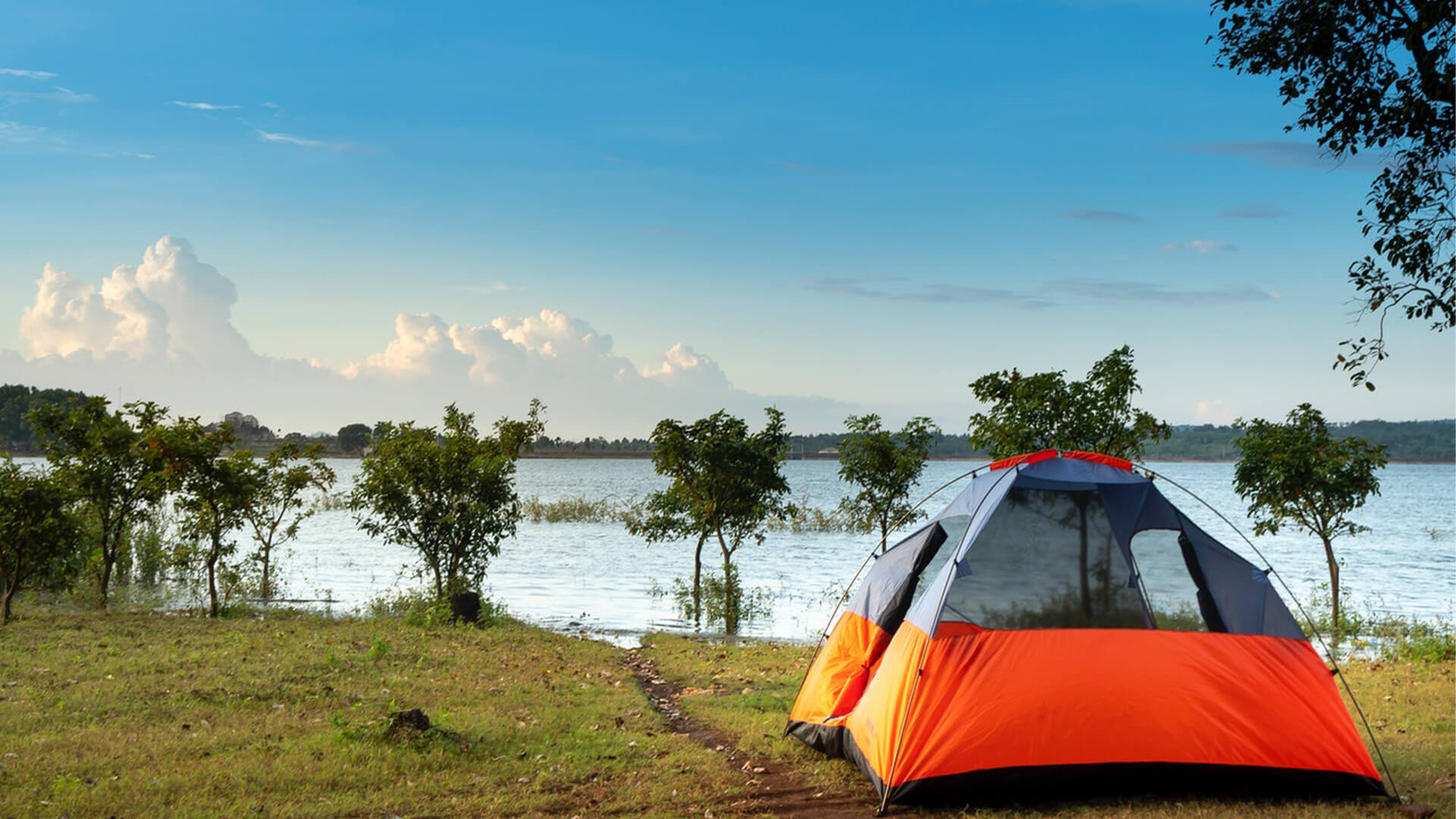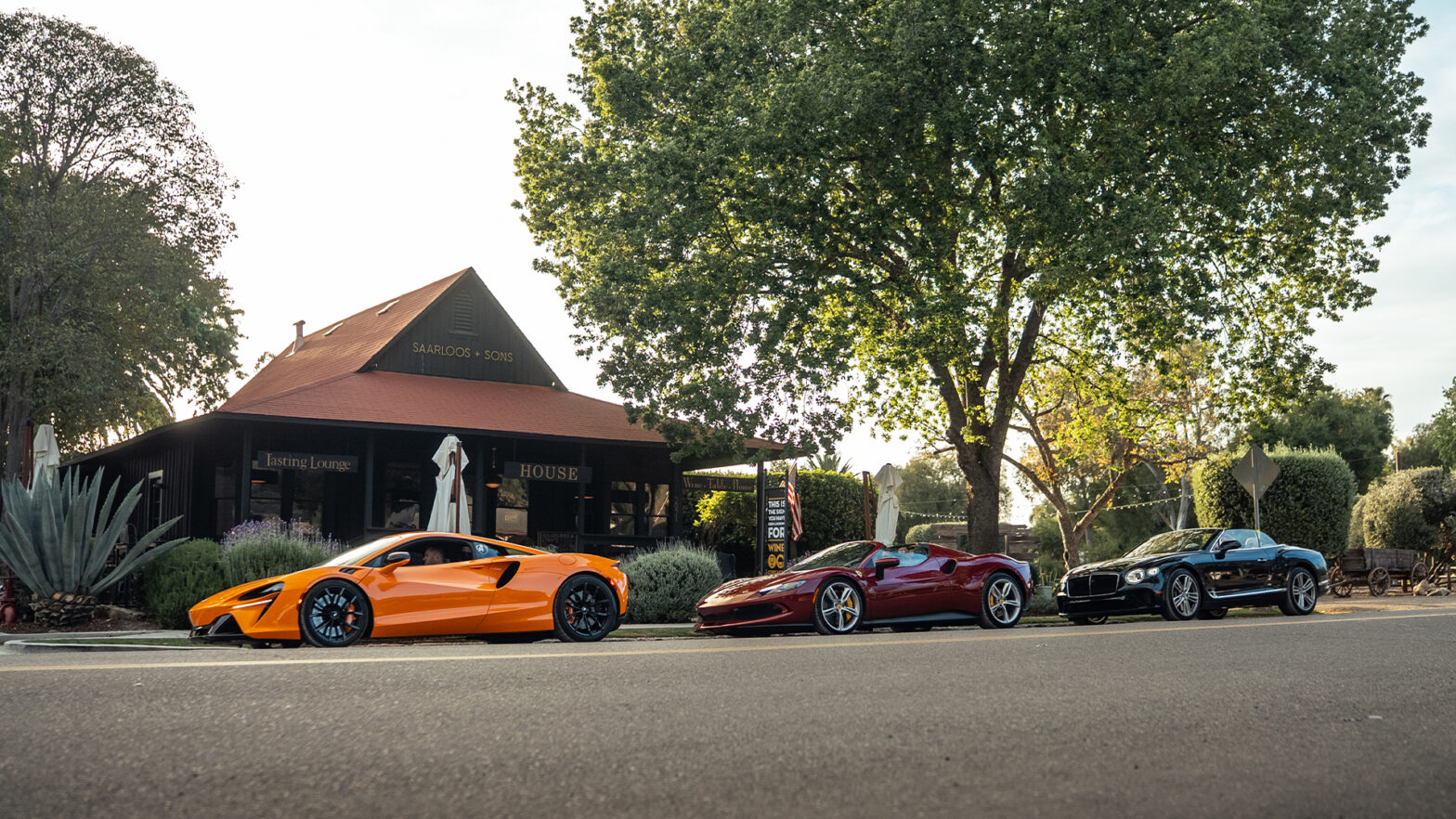
More and more people give camping a go, and obviously fall in love with the amazing outdoors. Just have a look at some statistics provided by Statista: back in 2017, 41.8 million people participated in car, backyard or RV camping in the U. S. The same year, folks spent a whopping 3 billion U.S. dollars on camping equipment. In this social distancing world, the trend seems only to grow. If you’re eager to become part of the huge community of happy campers, but don’t know where to start from, this guide is what you need. We’ve gathered our best 12 tips to help make your first camping trip smooth and successful.
1. Get the right tent
The choice of tents on today’s market is widest ever. As a newbie, you might easily get confused: tents come in multiple shapes and sizes. When picking your tent, first choose a model based on your group’s size and whether you might need extra space for gear or dogs. However, if you feel like having more elbow room, consider upsizing your tent capacity by one person. The most popular tent designs include dome and outfitter tents. Dome tents offer superior strength and wind-shedding abilities, however, their walls have more of a slope which reduces livable space. Outfitter tents have vertical walls to maximize overall peak height and livable space, so if you prefer a more spacious shelter, pick one of the canvas outfitter tents.
2. Check the weather
Before planning your trip, get an idea of what weather conditions to expect. It goes without saying that it will be best if there’s no rain or storm during your first camping trip. Likewise, you might not want to be camping at the height of summer, because tents can get really stuffy.
3. Do some research
No matter if you’ve chosen backcountry camping or want to go to a more developed campground for starters, it’s a good idea to find out beforehand how to get to your location. If you plan to go to a campsite with amenities, don’t forget to book your spot in advance, and check out what exactly they offer. This way you’ll know what to bring with you. Plus, you can check out review websites to get an idea of what to expect upon arrival.
4. Draw up a checklist
Without any doubt, it’s no fun getting to your camping destination and realizing that you’ve left something essential at home. So our advice is to stay organized and make sure nothing is forgotten by using a checklist. Use it while packing and check off each item.
5. Try out your gear before you set off
Practice setting up your tent at home before your trip, in your backyard or even in your living room. This way you’ll save plenty of time when you arrive at the campsite. Also, test electronics such as lighting equipment out.
6. Prepare a first aid kit
Fingers crossed you won’t need to use it, but you or your friend might get a small cut or burn, or an insect bite. So don’t forget to bring a first aid kit stuffed with roll-on band-aid, blister prevention and relief products, roller-bandage, sanitizers, anti-diarrheal medicines, and headache remedies.
7. Plan your meals
Think of how many meals you’ll have to make throughout your trip, and for how many people of course. Make a list of groceries you’ll need and buy them right before you set off (you want your food to be fresh, don’t you?). What food to choose? You’re going to be more active than usual, so stock up on foods that are rich in proteins, complex carbohydrates and fibre. Canned meat or fish, pasta, veggies, fruit, rice, instant soups, nut butter, granola bars, dried fruit, nuts and seeds are perfect for camping.
8. Don’t rely on a campfire for your meals
A campfire is one of the symbols of camping, and something campers look forward to most. Still, it might be challenging for a beginner to cook food over a campfire. Firstly, a campfire can take ages to make unless you’re an expert. Secondly, rain and wind can ruin your plans and leave you hungry. And you don’t want that, right? Our advice is to bring a camp stove for cooking your meals, and use a campfire for sitting around and roasting marshmallows. Don’t know where to get a decent stove? Check out hot-tent.com.
9. Leave no trace
If it’s possible, use reusable bottles and containers to reduce waste. If you’re going to pack some drinks, buy cans and bottles that can be crushed for transportation and recycled. Also, always try to minimize campfire impacts.
10. Take care of a light source
Before you set off for your first time camping adventure, make sure you have enough lighting equipment. The most popular options include lanterns and headlamps, and it’s the best idea to have both. Lanterns will give you 360° light and are great for meal areas, while headlamps are a perfect solution when you need to keep your hands free for doing tasks or when you need to make a trip to the facilities after dark. Lastly, don’t forget about spare batteries.
11. Bring sufficient clothing
It goes without saying that you should pack clothing that matches the weather, however, keep in mind that temperatures are very likely to drop dramatically when the sun rolls down, so pack warm clothes as well. Remember that there are no laundry facilities at the campground, so bring enough clothes. You’ll also need an extra outfit to wear for bedtime.
12. Arrive at the campsite in the daylight
Last but not least, arrive while the sun is up. Setting up camp in the dark makes it a lot harder. Most campgrounds allow early check-in the afternoon, so you can plan to arrive before mid-afternoon. Check your campground reservation to confirm the check-in time.
Final thoughts
Remember, you won’t become an expert overnight – practice makes perfect. Camping is undoubtedly worth giving it a go, so start drawing up your camping checklist right away and prepare to dive into your incredible wildlife adventure. We hope our guide will help you plan your perfect outdoor vacation.




















